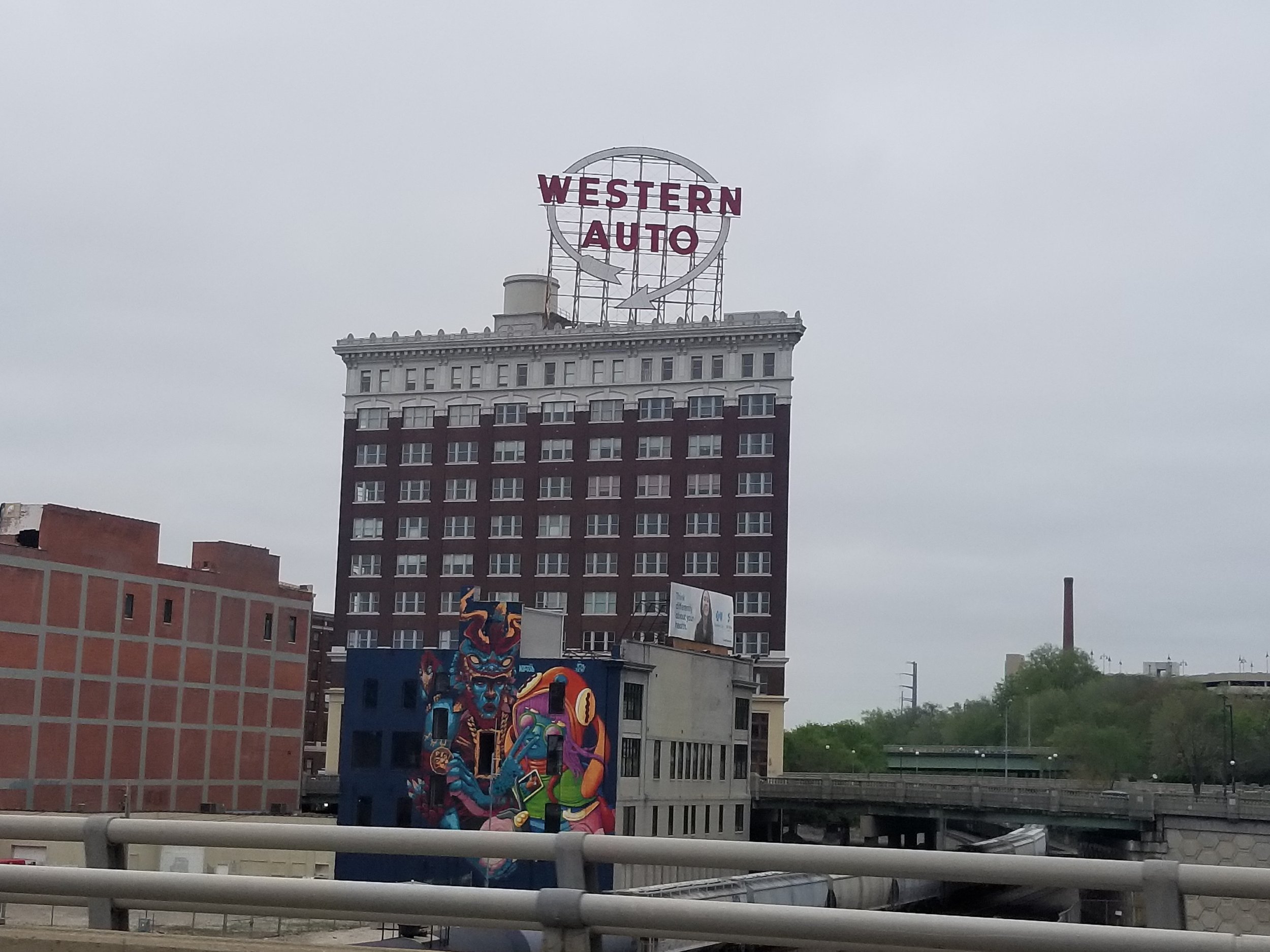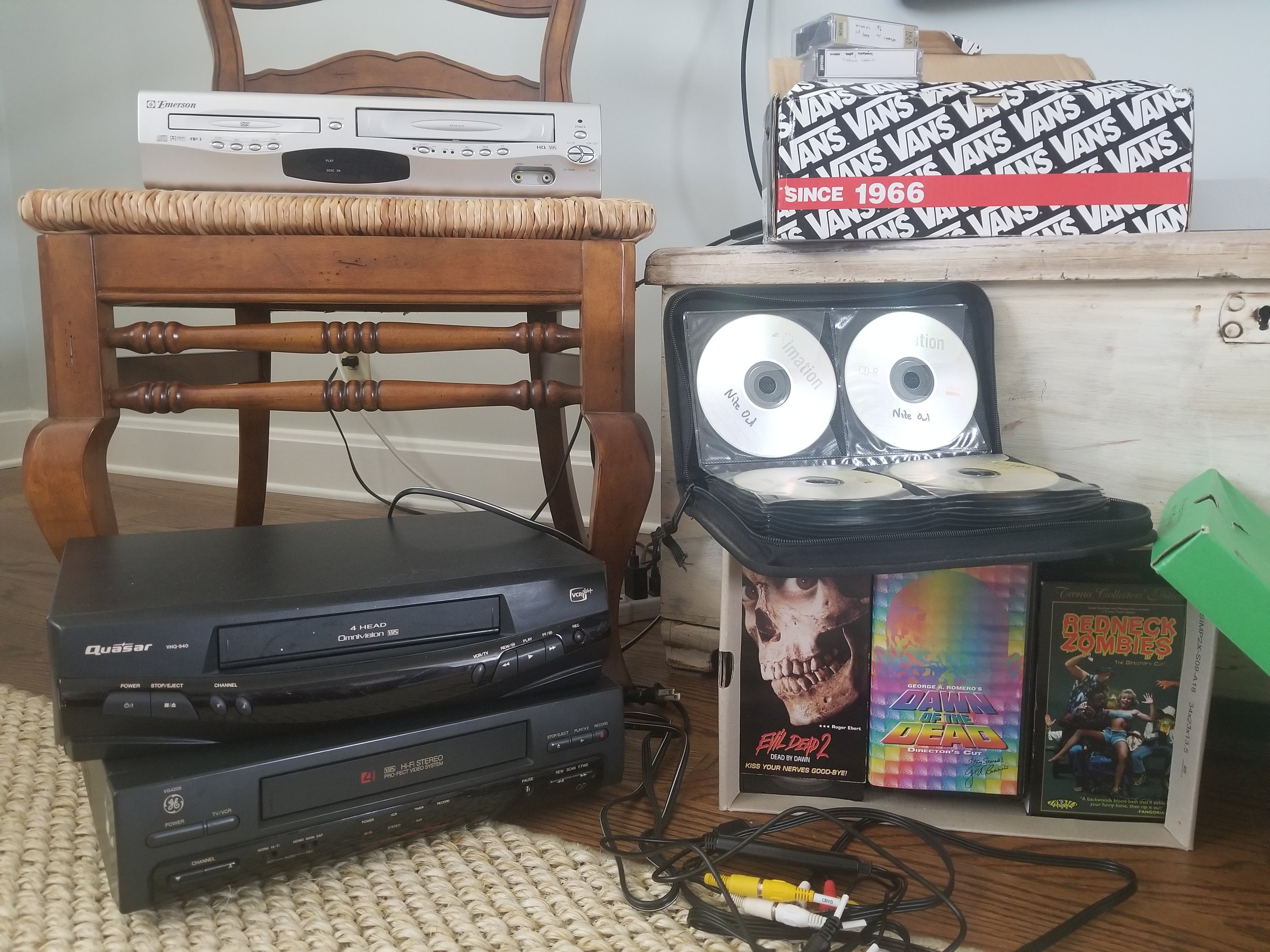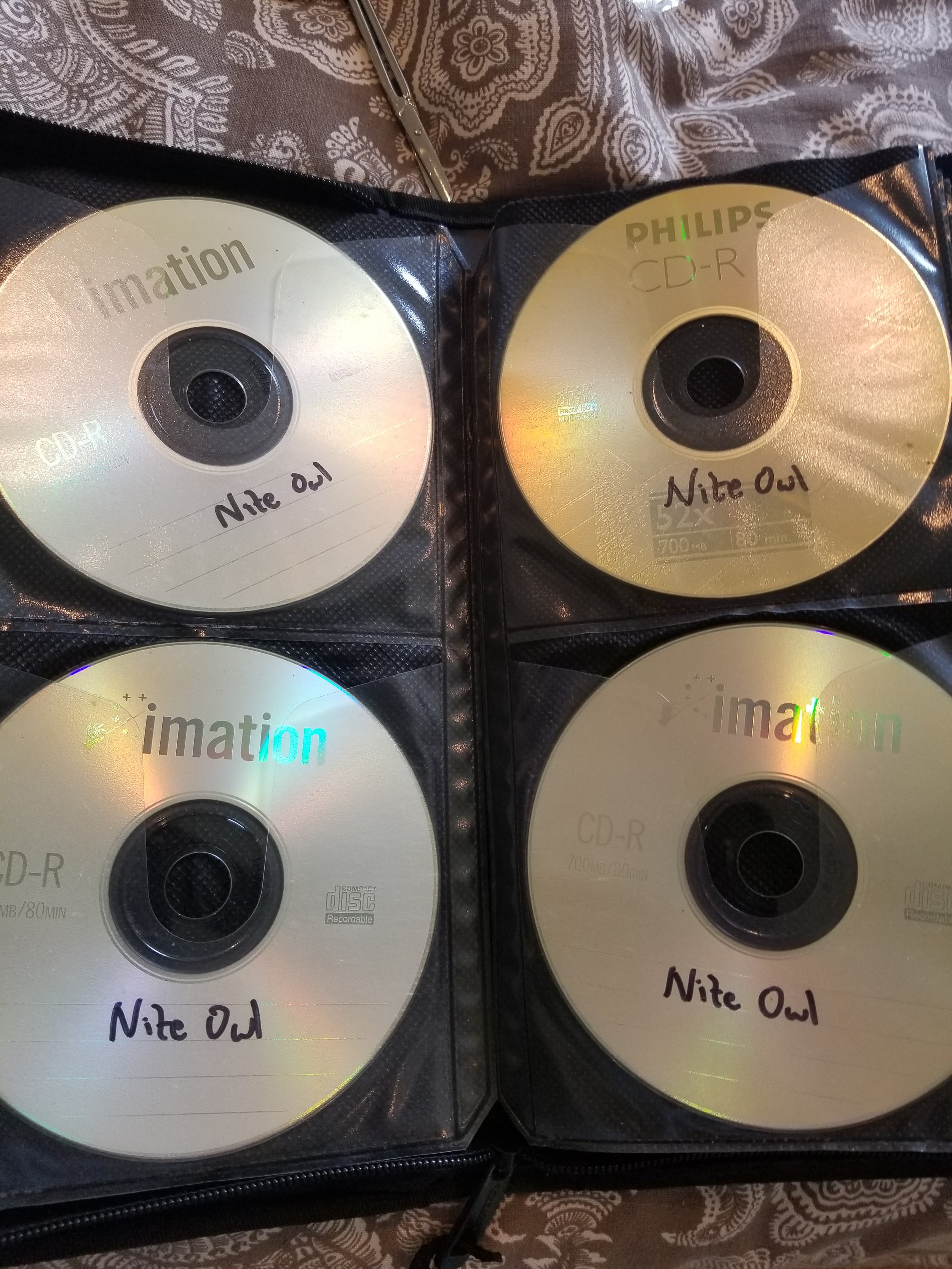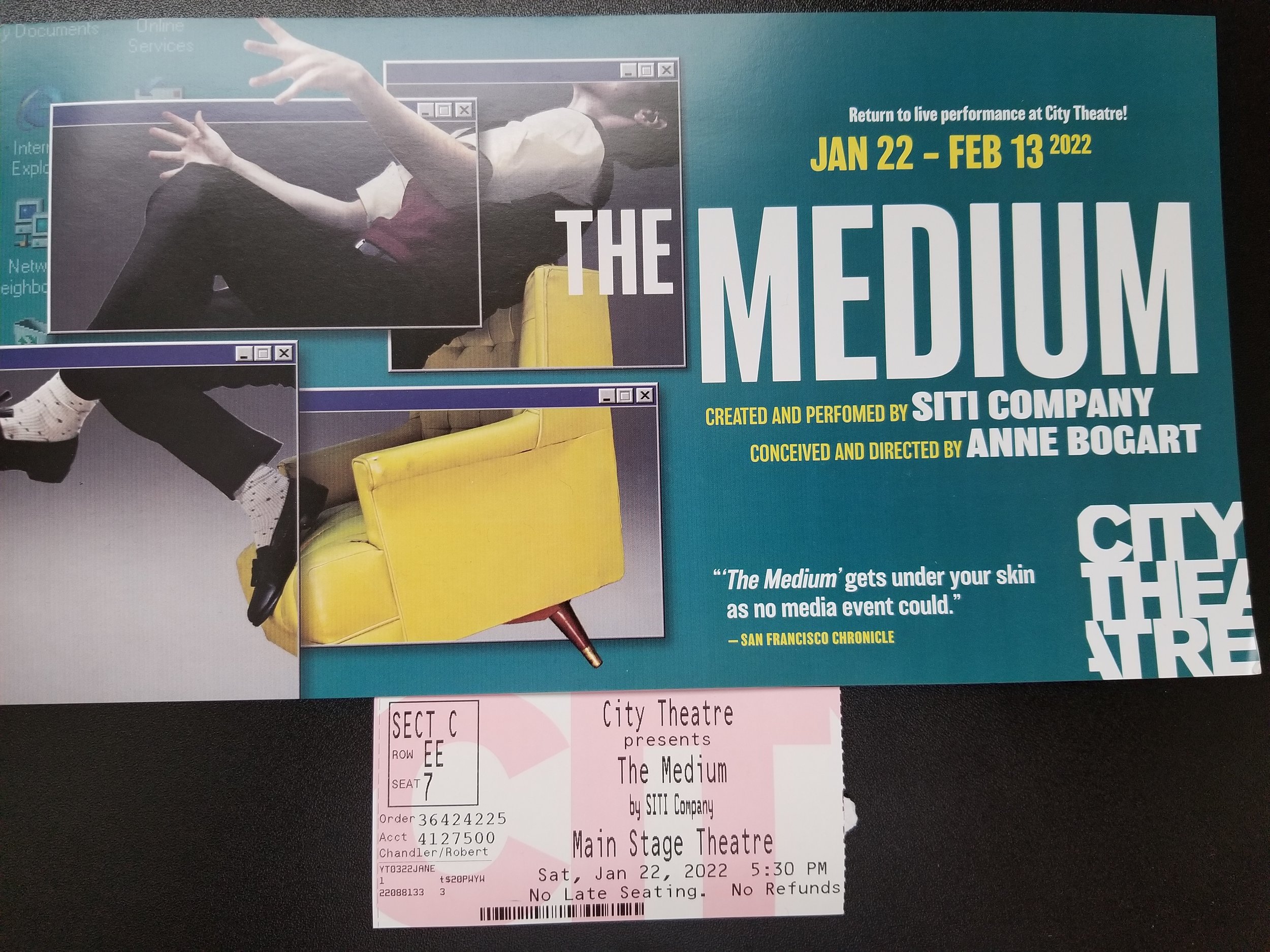This essay was originally written as part of my PhD comprehensive examinations. It was written to address connections between theories of the public sphere and concerns about public space, and to conceptualize the urban environment as a public realm.
Introduction
Questions of space have always been implicated with the concept of the public sphere, but the idea of space has been conceptualized and applied in various ways within this context. Carragee’s challenge for scholars to address the nexus between public sphere theory and the study of public space has a solid foundation in the pertinent implications for civic life, attempts to connect academic perspectives and planning disciplines, and his own analysis of the impact of urban design on the character of public interaction. I agree with Carragee’s assertion that a vital public sphere requires vital public spaces. I am less inclined to agree with his claim that communication scholars have been silent on the issue, as there have been moves to address the communicative implications of the built environment through approaches such as material rhetoric. Nevertheless, it is worthwhile to consider how scholars of communication and other fields have approached this nexus, and how this line of inquiry might be extended.
To properly address this question about the relationship between public space and the public sphere it is helpful to define our terms. Both “public space” and “public sphere” have been used by different actors to signify differing meanings. The Habermasian formulation of the public sphere posited a novel form of social interaction facilitated by a network of institutions comprised by physical locations and mediated discourses. Following this model, scholars have understood the public sphere as a discursive space rooted in place-based communication as well as mediated exchanges. Catherine Squires has defined the public sphere as “a set of physical and mediated spaces” in which people come together to identify, express, and deliberate interests of common concern. Nancy Fraser has characterized the public sphere as “a theater” for social interaction where political activity is actualized through the medium of speech. The public sphere can also be understood as a particular kind of relationship among participants. This relationship is mediated by these historical forms of sociability enacted at specific points in space and time. Kurt Iveson refers to public spheres as “social imaginaries” that are always in the process of being formed. The public sphere has also been understood procedurally (or processually), as a normative ideal founded on a set of principles intended to guide interaction.
The meaning of “public space” may seem obvious, but this term too has been conceptualized in a variety of ways. Notions of “public space” can be rooted in the physical characteristics of a location, the institutional structures and policies affecting a place, or the types of uses and activities undertaken in the space. Seyla Benhabib offers a procedural definition of public space. Understood procedurally, “public space” is any space that, through public address at a particular time, is transformed as a site of political action through speech and persuasion. In Benhabib’s formulation, “public space” is not merely “open” space, or physical, absolute, geographical space. More to the point, public space is never merely space in this physical sense. This represents an approach to public space that contrasts with Carragee’s view of public space as material, empirical, and concrete, as opposed to the public sphere which he sees as more conceptual and virtual. In Benhabib’s procedural definition these realms are not so clearly distinguished from one another.
This essay will further explore influential notions of public space, the public sphere, and their relationship to one another. The first section will review significant and influential approaches to this nexus as represented by three prominent theorists. The second section looks at how the contemporary city has figured as a key referent in discussion of public space and the public sphere. The third section considers how the introduction of networked communication technologies has complicated understandings this relationship. Finally, I conclude with some contemporary issues facing work in this area.
Three Models of the Public Realm: Arendt, Habermas, Sennett
Hannah Arendt was a political theorist who wrote about power, authority, totalitarianism, and democracy. In one of her best known and most influential works, “The Human Condition,” she surveyed different conceptions and enactments of human activity beginning in ancient societies. The second section of this book is dedicated to “the private and public realms.” According to Arendt, life in ancient Greek society was divided between the private realm and the public realm. The private realm was the sphere of the household, and the public realm was the site of “action”. Activity in the private realm was preoccupied with bodily necessities, whereas the public realm was free of these necessities and in which one could distinguish oneself through great works and deeds. Arendt further proposes a dichotomy of human life based on the concepts of “zoe” and “bios”. Both words are etymologically linked to mean “life,” but Arendt is distinguishing human activity into two modes: animalistic (zoe) and humanistic (bios). This distinction between zoe and bios is connected to Arendt’s notion of life in the market versus public space, which she also refers to as the private realm (oikos) and the public realm (polis). Arendt considers the market an impoverished place where subjects are treated as animals, mere consumers driven to satisfy bodily and selfish needs. In the context of the oikos, one’s human identity and individuality is of no importance: in order to purchase a commodity, you need only pay the appropriate price, regardless of who you are. In the public realm, by contrast, the individual identity of each subject does acquire prominence. Through public discussion subjects or speakers are recognized as unique human beings who are inexchangeable with anyone else. Without language, human beings live on the level of “laboring animals,” merely concerned with continuing their lives. Through the medium of linguistic communication, humans open themselves up to the existence of others as well as the existence of a world that is shared with others. This then is the key idea in Arendt’s distinction between the private and public realms: people live privately as animals, and as humans only in public. Arendt valorizes the types of relations in ancient cities such as Athens, but she distinguishes between the built environment and the polis. She says that the polis, properly understood, does not refer to the physical city-state but to the relations that emerge from acting and speaking together, regardless of where the participants are. “Not Athens, but Athenians, were the polis.”
Jurgen Habermas defined the public sphere as “the sphere of private individuals come together as a public.” Similar to Arendt, he also considers this “public” relation as rooted in and a consequence of discourse and communication. Habermas’ notion of the public sphere is based on an empirical study of voluntary social associations and literary practices that emerged in Europe in the 18th century. The emergence of a “debating public” and an ethos of local governance were tied to the development of “provincial urban” institutions. These included coffee houses, salons, and theaters. Habermas’ study of the bourgeois public sphere is not only an account of specific historical phenomena, it also represents a normative ideal for rational-critical debate and deliberative politics. As such, Habermas’ theory has been interpreted as distinctly aspatial, not concerned with physical spaces but rather only an abstract discursive space. Several critics have argued that in order for Habermas’ theory to function as both a historical social explanation and a normative political idea, as his study proposes, it must be founded in an understanding of situated contexts of specific communities.
Richard Sennett is an urban sociologist who has written extensively on city design, public life, and civic engagement. His first book, “The Uses of Disorder,” argued that excessively ordered environments stifle personal development, and that people who live in such environments end up with overly rigid worldviews and insufficiently developed political consciousness. Sennett calls for practices of city design that allow for unpredictability, anarchy, and creative disorder that will foster adults better equipped to confront the complexities of life. In “The Conscience of the Eye” Sennett suggests that the built forms of modern cities are bland and neutralized spaces that diminish contact and wall people off from encounters with the Other. His remedy for this condition is a creative art of exposure to others and city life that should instill an appreciation for and empathy with difference. “A city,” Sennett says, “should be a school for learning to live a centered life.” Sennett’s book “The Fall of Public Man” outlines the decline of public life since the 18th century. In the 18th century, Sennett argues, public and private space were more clearly delineated than today. The disappearance of public space in the 20th century is attributed to a rise in intimacy and narcissism associated with industrial capitalism. In an essay titled “The Public Realm,” Sennett situates his approach to public life in relation to Arendt and Habermas. Sennett describes Arendt’s model of the public realm as inherently political and based on public deliberation in which participants discard their private interests. He calls Arendt the champion of the urban center “par excellence,” as the population density of urban centers provides the condition of anonymity that he sees as central to Arendt’s ideal. Sennett considers Habermas less interested in place than Arendt, as his theory includes mass produced texts such as newspapers as sites for the public sphere. For Habermas, Sennett states, the public realm is “any medium, occasion, or event” that facilitates free communication among strangers. Regarding his own approach, Sennett defines the public realm as “a place where strangers can come together.” He emphasizes that the public realm is a place, traditionally understood as a location on the ground, but Sennett states that developments in communication technologies have challenged this sense of place. Today “cyberspace” can function as a public realm as much as any physical place. Sennett also argues that “the public realm is a process.” As is evident in the arguments from his books summarized above, Sennett believes that shared spaces that accommodate unplanned and unmanaged encounters between strangers are beneficial for personal and social development. His emphasis on incompleteness and process, as opposed to fixity and determination, recalls Chantal Mouffe’s concept of agonistic Pluralism. Mouffe challenges the ideal espoused by Habermas that the deliberative ideal should be consensus reached by rational individuals. She argues that for freedom to exist the intrusion of conflict must be allowed for. The democratic process, Mouffe says, should provide an arena for the emergence of conflict and difference. Similarly Sennett says that daily experience doesn’t register much without “disruptive drama.”
The Modern City as Public Realm
In her book “Justice and Political Difference,” political theorist Iris Marion Young writes of city life as a normative ideal for communicative and political interaction. Young states that urbanity must be understood as an inherent aspect of life in advanced industrial societies, and that the material of our environment and structures available to us presuppose the forms of interactions that occur in these spaces. By “city life” Young refers to a type of social relation that she refers to as “a relation among strangers.” Urban experience, and in particular urban spaces, provide ideal conditions for the exposure to difference lives that a politics of difference should be predicated on. Young states that public spaces are crucial for open communicative democracy.
In “City of Rhetoric,” rhetorical scholar David Fleming argues that the city is the ideal context for the revitalization of the public sphere. He proposes an ideal space of relation that is between the intimacy of friends and family, on the one hand, and the mutual suspicion of strangers on the other. Fleming argues that the built environment and public space of the city is perfectly situated between users, relating and separating them at the same.
Don Mitchell has written about the “disappearance of public space” in the modern city. In a similar vein to influential critiques of the Habermasian public sphere, Mitchell states that the ideal of public space “open to all” has never been an existing state of affairs, but the ideal of public space circulates to powerful effect. For instance, Mitchell says, the circulation of the “open” public space ideal has served as a rallying call for successive waves of political movements to utilize space for activism and inclusionary ends.
Mediated Spaces and Mediated Spheres
Since Habermas’ formulation the idea of the public sphere has included elements of mediation. Habermas directly implicates the mass media in “The Structural Transformation,” citing the role of literature and the press in establishing the bourgeois public sphere, and the impact of television and other commercial mass media in diminishing the public sphere. The advent of the World Wide Web in the 1990s spawned enthusiasm from some regarding the deliberative and participatory potential of the medium. To some, the Internet seemed to realize all the ideals of Habermas’ public sphere. It was universal, non-hierarchical, based on uncoerced communication, and enabled public opinion formation based on voluntary deliberation. By these principles, and many others, the Internet looked like the realization of the ideal speech situation. Iveson suggests that the procedural understanding of public space allows various media to be understood as “public spaces” because they facilitate the formation of publics. Other scholars have considered media as new “spaces” for interaction. Sheller and Urry have compared new media to Arendt’s “space of appearances,” suggesting that in the digital age this “space” may be a “screen” on which public matters appear.
Still other scholars have voiced opposing accounts of the relationship between virtual spaces and the ideals of the public sphere. Don Mitchell has argued that the Internet can never meet or surpass the street as a public space, saying the infrastructure of the medium precludes certain uses and political opportunities. Public space remains crucial because it makes it possible for disadvantaged groups to occupy the space in a way that is precluded in virtual space. This space is especially important for homeless people because it is also a space to be and live in; a space for living rather than just visibilization. Iris Marion Young also addresses the distinction between physical space and virtual space with her concept of “embodied public space.” She says that media can facilitate public address and formation, and in this sense is not dependent on physical space. To the extent that public space is shrinking, or that individuals are withdrawing from public space, there is a democratic crisis. She uses the term “embodied public space” to refer to streets, squares, plazas, parks, and other physical spaces of the built environment that she deems crucial to allowing access to anyone and enabling encounters with difference. These spaces allow varieties of public interaction that are fundamental to her notion of city life as a normative ideal.
Jodi Dean has persistently criticized the “inclusionary ideal” promoted by the internet as an ideology of technocracy that she calls “communicative capitalism.” Dean’s article “Why the Net is Not a Public Sphere” challenges claims that the Internet can enable the ideals of the public sphere. In the public sphere ideal, communicative exchange is supposed to provide the basis for real political action. Under conditions of communicative capitalism, these exchanges function merely as message circulation rather than acclamations to be responded to. Political theorist Robert Putnam posited a decline of social capital in U.S. communities since 1950 in his book “Bowling Alone.” Putnam cites evidence of civic decline indicated by decreased voter turnout, public meeting attendance, and committee participation. The book’s title refers to the fact that while the number of Americans who bowl has increased in past decades, the number of people who participate in bowling leagues has declined. He attributes this fall in social capital to the “individualizing” of leisure time enabled by television and the Internet. Sherry Turkle has similarly argued for a technologically-promoted decline of physical proximity and interaction in the book “Alone Together.” Iveson has responded to such criticisms by arguing that the “stage” and “screen” (or “print” and “polis”) should not be seen as mutually exclusive arenas. Rather, he points to examples where movements of co-present interaction were facilitated through, managed by, or arranged around mediated forms of interaction.
Conclusion
There are several areas where continued research into the relationship between public space and the public sphere could be productive. First, it is important to consider how networked technology and mediated communication have changed the use of public space. Have the dispersed networks of power, access, and participation diminished the potency of public space for realizing political agency? Are these changes reversing Arendt’s formulation of the public and private realms? Has the logic of the market short circuited the function of the polis? Have new uses of public space emerged, and have traditional uses disappeared? It is now common for bodies to occupy physical space while their gaze and consciousness are directed not at their environment but at their various devices. How does this change our understanding of and approach to public and shared spaces? What does mean in relation to Mitchell and Young’s arguments about the role of “embodied public space”? In light of pervasive mediation in daily life it is important to affirm the fundamental importance of physical locations as public space.
Secondly, it is important not just to consider physical and virtual space in a dichotomous relationship, but also how they interrelate. How are digital technologies and mediated communication intersecting with the use of public space, and vice versa? To be clear, the phenomena at the core of this question are not new. Habermas’ model of the bourgeois public sphere concerns the relation between mass media and association in public space. More recently, the political uprisings collectively referred to as the “Arab Spring” brought attention to this issue. After social media and text messaging were use to organize demonstrations in Cairo, Egypt that eventually led to the removal of president Mubarak, pundits and media theorists began referring to this social movement as the “Twitter revolution.” Again, it is important to differentiate between the means of communication used to exchange information and organize bodies, and the site of political protest as represented in this case by Tahrir Square.
Finally, the implementation of information technology into the built environment is raising questions about the role of technologies in public space and civic life. In a November 2016 article, urban media scholar Shannon Mattern considered this issue in relation to the implementation and subsequent shuttering of the LinkNYC terminals in New York City. The LinkNYC initiative involved replacing telephone booths throughout the sidewalks of Manhattan with kiosks that provided access to electricity and wireless internet service. The city government promoted the terminals as places where tourists could access maps and online information and New Yorkers could charge their cell phones. The resultant “misuse” of these terminals, exemplified by people using the service for watching pornography or illicitly downloading media, resulted in the program being suspended indefinitely. Mattern uses this example to argue the importance of “vital spaces of information exchange” in our public spaces. She suggests that ideologies of “data solutionism” have influenced planning commissions to the detriment of small, local, and analog data perspectives that she considers essential to urban life. Mattern encourages city planning boards and project committees to include librarians and archivists in their ranks in the interest of such spaces of information exchange. At stake, Mattern argues, is the nature and well-being of our democracy.
These are just a few of the issues and questions that I think should inform future research into the relationship between public space and the public sphere. My own work is informed by these questions, and my interest in “smart city” policies and practices of implementation seeks to extend and challenge the conceptual zones outlined in this essay. Related questions explored in my research include: changing conceptions of public and private infrastructure; shifting models of civic engagement; and the predominance of market rationalities and discourses in (re)shaping the built environment. These questions are likely to only increase in prominence in the foreseeable future, and unforeseen developments are always arising. The essential questions of public space and the public sphere, however, will remain of crucial importance in our increasingly interconnected collective lives.






















